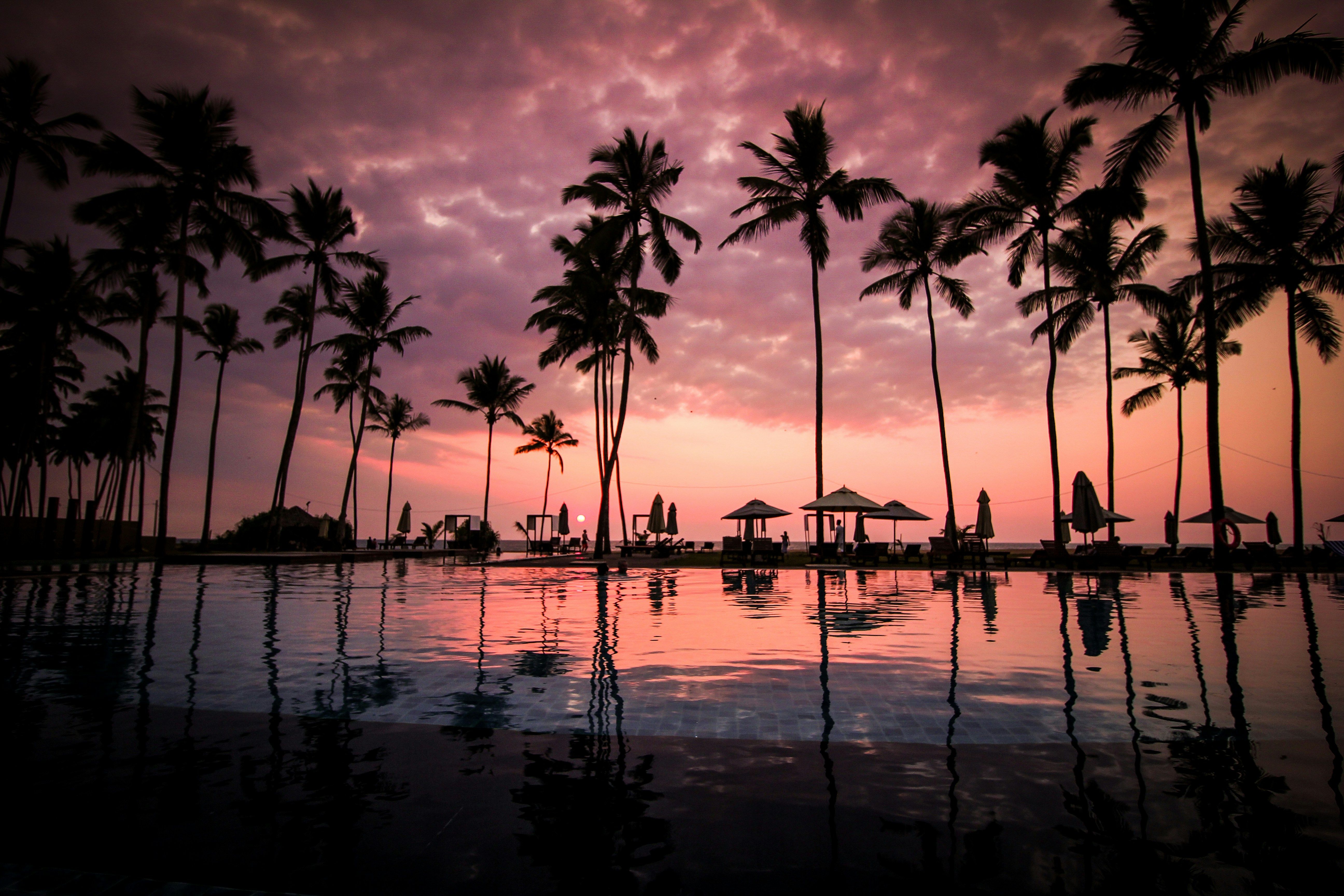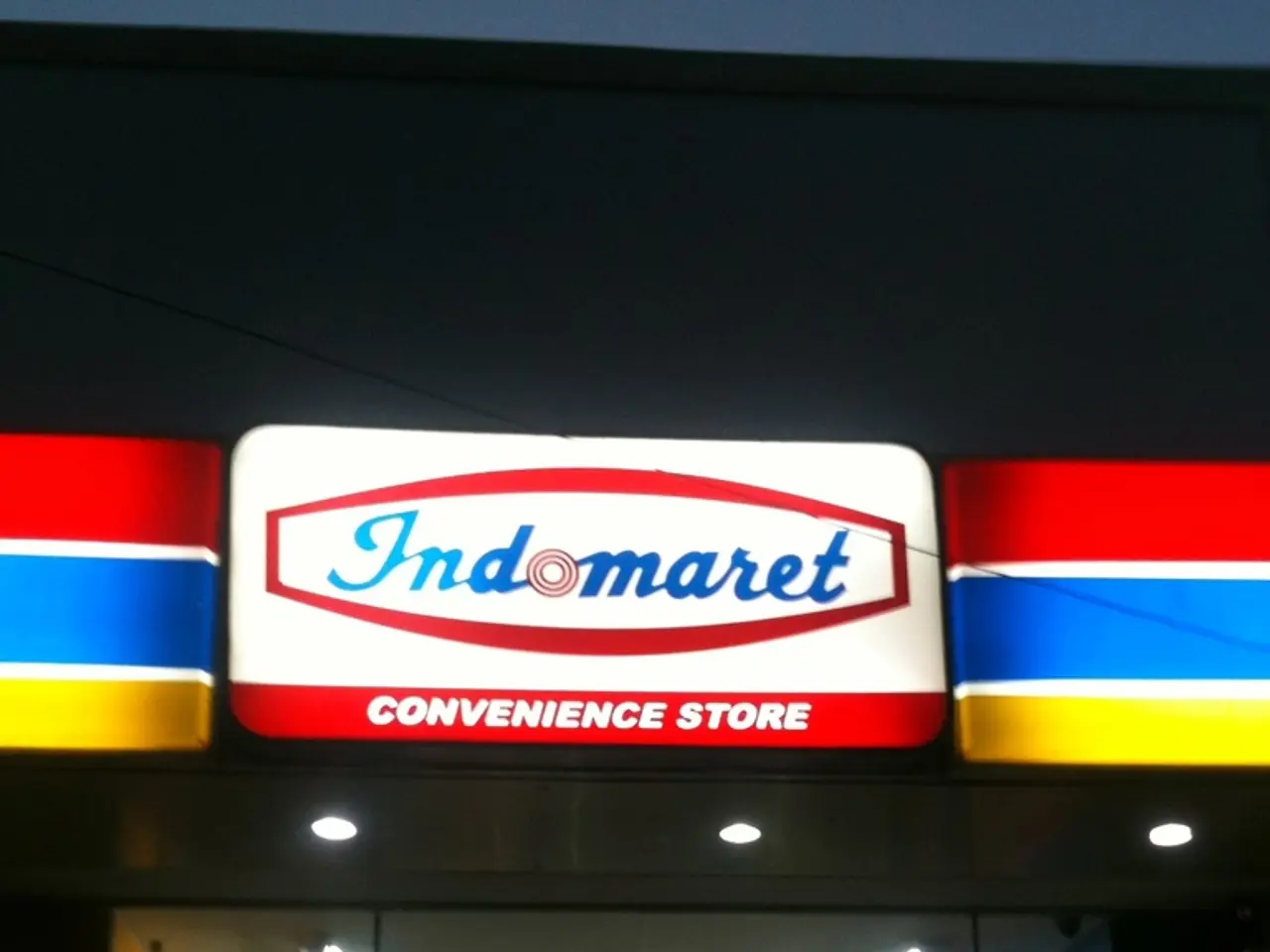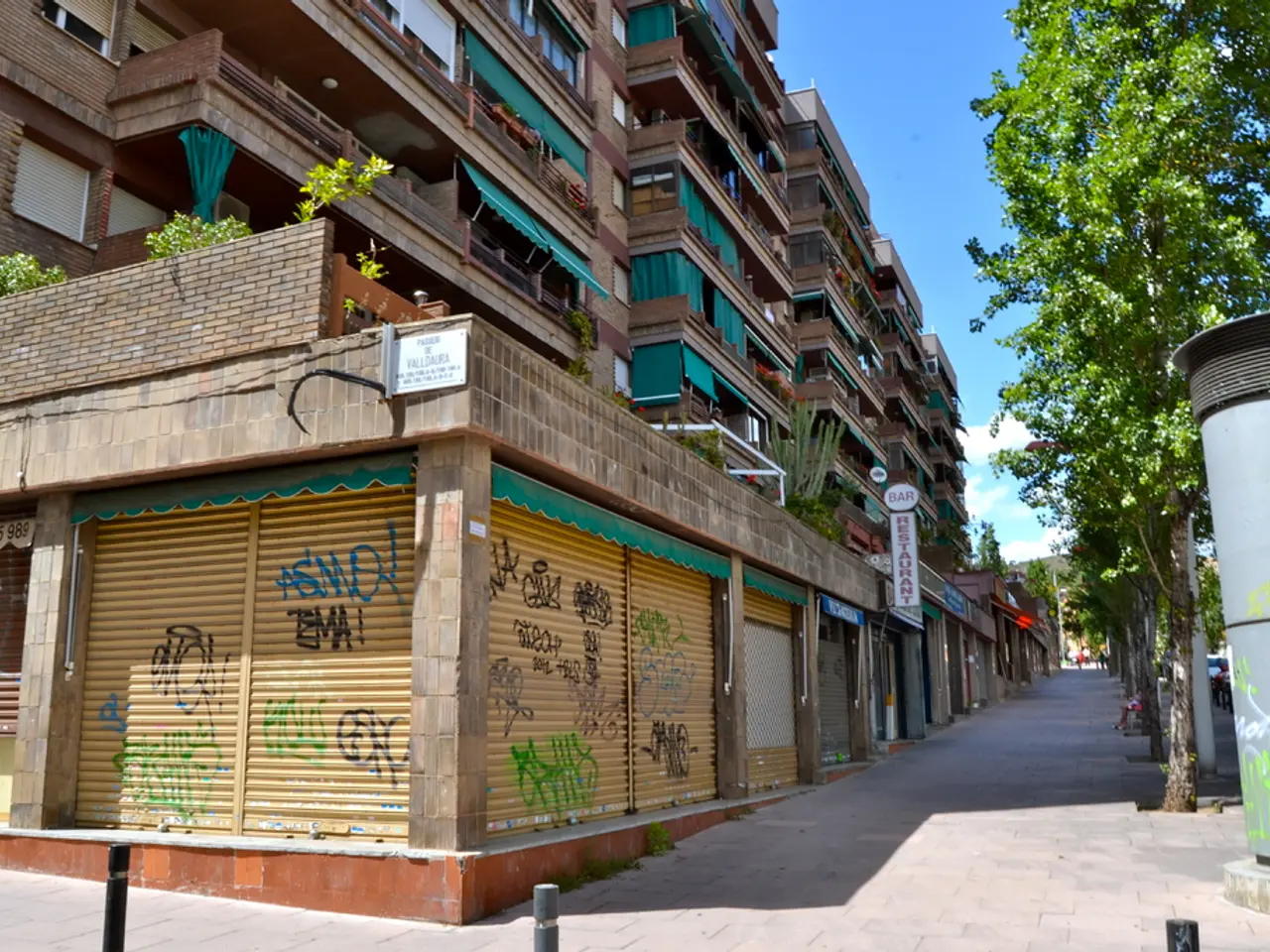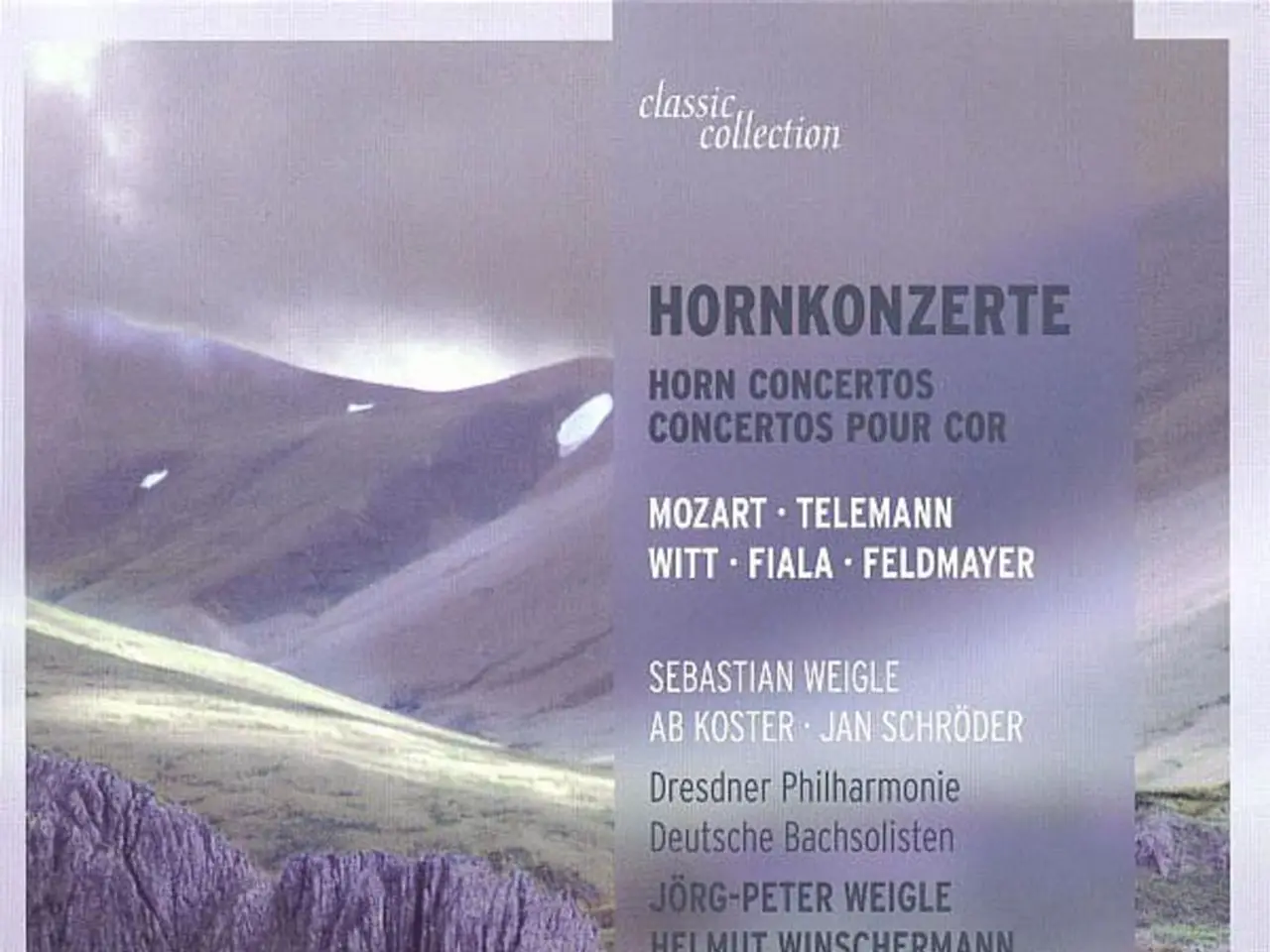Europe's Top 5 Spectacular Rococo Architecture Sites: Touring from Portugal to France
Unveiling the Allure of Rococo Architecture in Europe
A departure from the heavy Baroque style, Rococo's distinct sensuality swept across Europe in the 18th century, echoing the champagne taste of an aristocracy enamored with elegance and lightness.
The opulent interior of Amalienburg in Munich, Bavaria, for instance, reveals this ascendant style. A dazzling jewel nestled in the wooded Nymphenburg park, the 18th-century hunting pavilion seems almost dreamlike. Its Mirror Room, in particular, echoes with light. Silvered stucco crafts intricate patterns around mirrors, arabesques, and foliage, creating a spectrum of reflection that sets this space apart. Borders between artifice and nature seem to dissolve, transforming the architecture into an ethereal marvel.
Queluz, the Royal Palace on the outskirts of Lisbon, exhibits a uniquely Portuguese take on Rococo elegance. With its impeccably symmetrical facades, it seamlessly blends French refinement with Portuguese sensuality. A flurry of azulejos, chiseled gold, crystal chandeliers, and painted ceilings adorn its interior, casting an air of royal grandeur. The Throne Room exudes a solar charm, with walls covered in azulejos and majestic mirrors, offering a more Mediterranean interpretation of the Rococo aesthetic.
Sanssouci, the pastoral retreat of Frederick II in Potsdam, Germany, embodies the Prussian ideal of lightness. Its pale yellow facade hides an interior where Rococo unfurls in precise craftsmanship: painted woodwork, gilded arabesques, floral motifs, and cut mirrors. The interplay between trompe-l'œil ceilings and the ideals of a contemplative haven create a harmony unique to this Rococo masterpiece.
In the heart of the Marais, Paris, the Hôtel de Soubise offers a masterclass in intimate Rococo design. A labyrinth of salons and boudoirs, its interior is a symphony of gilded stucco, soft-hued paintings, and mirrors. Each room tells a story, weaving a captivating tapestry of French history and mythology. An oasis hidden in the bustling city, this Parisian retreat offers a glimpse into the past.
Lastly, Santa Maria Maddalena in Rome, a prime example of full-blown Rococo in Italy, carries a "sugar-spun" charm. Its dynamic façade embraces whimsical curves and intricate stucco work, while its interior sparkles with gleaming gold and twisted columns. The overall effect is sensual and rounded, bridging the gap between Rococo's charm and Baroque's exuberance.
True to its name, Rococo architecture in Europe stands out for its playful and elaborate designs, featuring natural motifs and a lighter, more intimate aesthetic than Baroque. The five emblematic places mentioned above offer unique insights into this style that conquered Europe during the 18th century, leaving behind a treasure trove of architectural marvels that are still adored today.
In the midst of a busy lifestyle, one might find solace in a home decorated with home-and-garden accessories inspired by the intricate patterns and fabulous floral motifs seen in in-flight magazines, echoing the ethereal beauty of Rococo architecture. After a long day, unwinding in a room adorned with silvered stucco, mirrors, and azulejos may offer a taste of European grandeur, transporting one to the opulent Mirror Room of Amalienburg or the Throne Room of Queluz palace.




